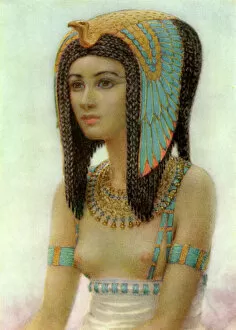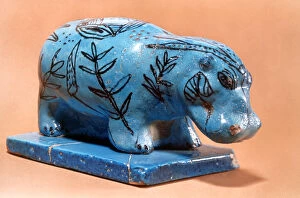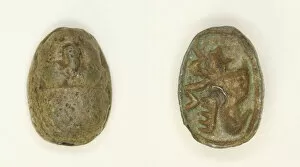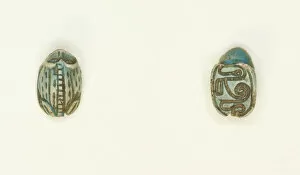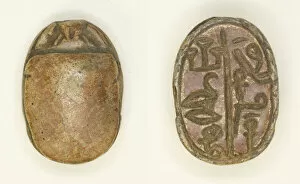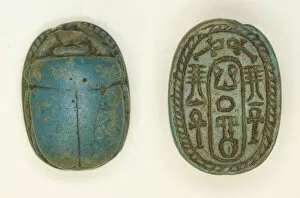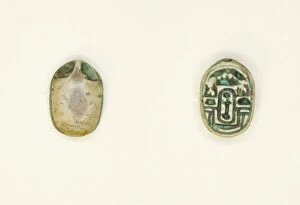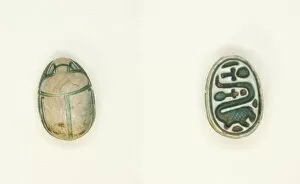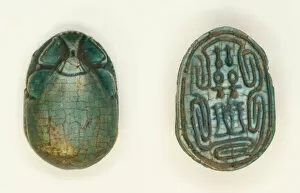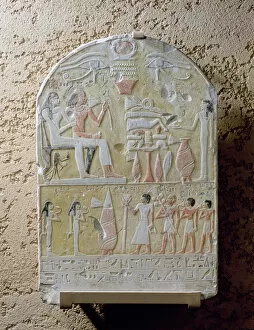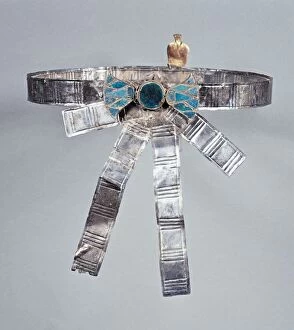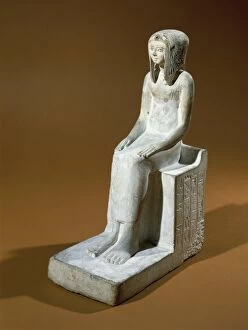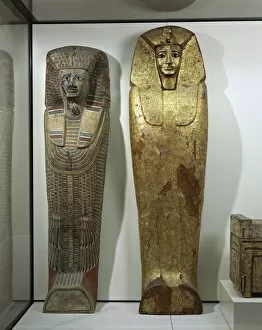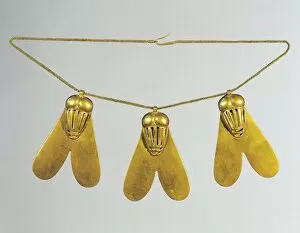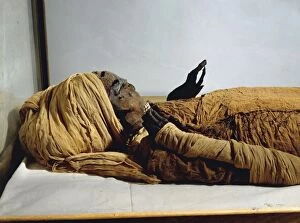17th Dynasty Collection
The 17th Dynasty of Ancient Egypt, which thrived during the 16th century BC, was a period marked by significant cultural and artistic achievements
For sale as Licensed Images
Choose your image, Select your licence and Download the media
The 17th Dynasty of Ancient Egypt, which thrived during the 16th century BC, was a period marked by significant cultural and artistic achievements. One notable figure from this dynasty was Tetisheri, an influential queen who left her mark on Egyptian history. Intriguingly, a captivating artwork by Winifred Mabel Brunton depicts Tetisheri in all her regal glory. This painting serves as a testament to the enduring fascination with this powerful queen and her impact on the 17th Dynasty. Another fascinating artifact from this era is a scarab adorned with hieroglyphs representing the scarab beetle, the nfr-sign (symbolizing beauty), and the red crown of Lower Egypt. This intricate piece showcases the mastery of craftsmanship during the Middle Kingdom-Second Intermediate Period under Dynasties 17-18. Exploring further into scarabs, we encounter various symbolic representations such as those featuring Rams (associated with Amun), Frogs (a symbol of fertility), Monkeys (possibly linked to Thoth or wisdom), and even Long-Necked Creatures whose significance remains enigmatic. One particularly intriguing scarab bears inscriptions indicating its owner's prestigious title as "Seal-Bearer of the King of Lower Egypt" and "Overseer of Sealed Goods. " Such seals were crucial for securing important documents and goods during that time. A vessel dating back to this period also captures our attention. It provides valuable insights into daily life during Late Second Intermediate Period-Early New Kingdom under Dynasties 17-18 around 1600 BC. The vessel's design reflects both functionality and aesthetic appeal—a testament to ancient Egyptians' appreciation for artistry in everyday objects. Yet another scarab reveals hieroglyphs depicting Neferkara along with symbols representing life (ankh) and stability (djed). These elements suggest connections to concepts central to Egyptian beliefs about kingship and the afterlife.

